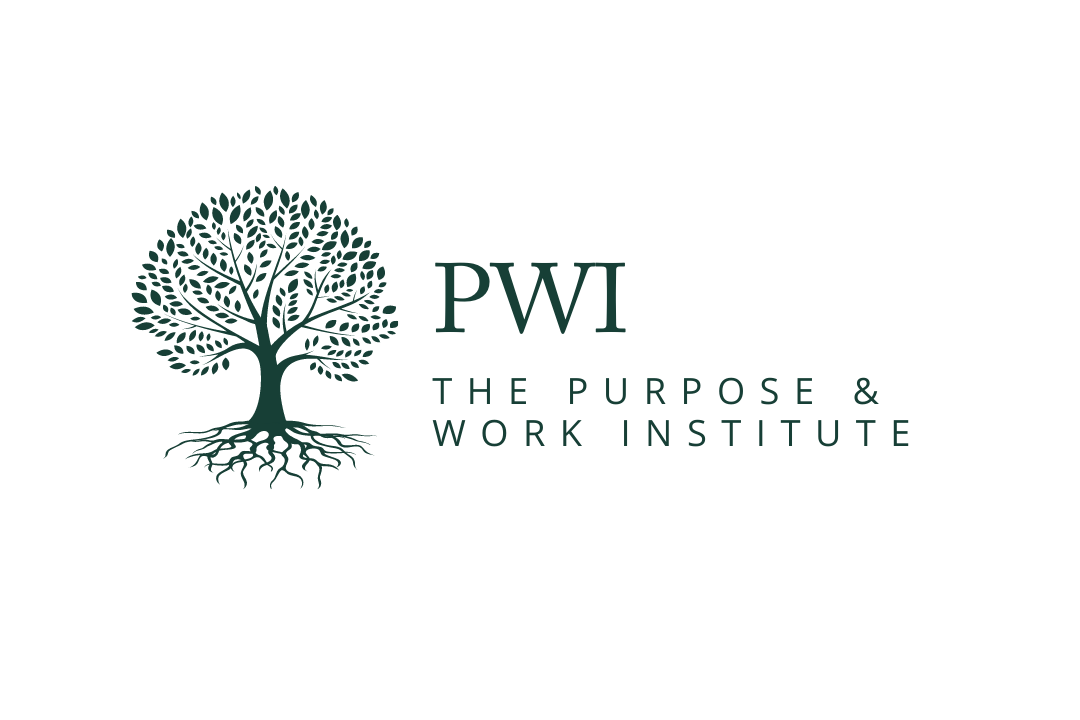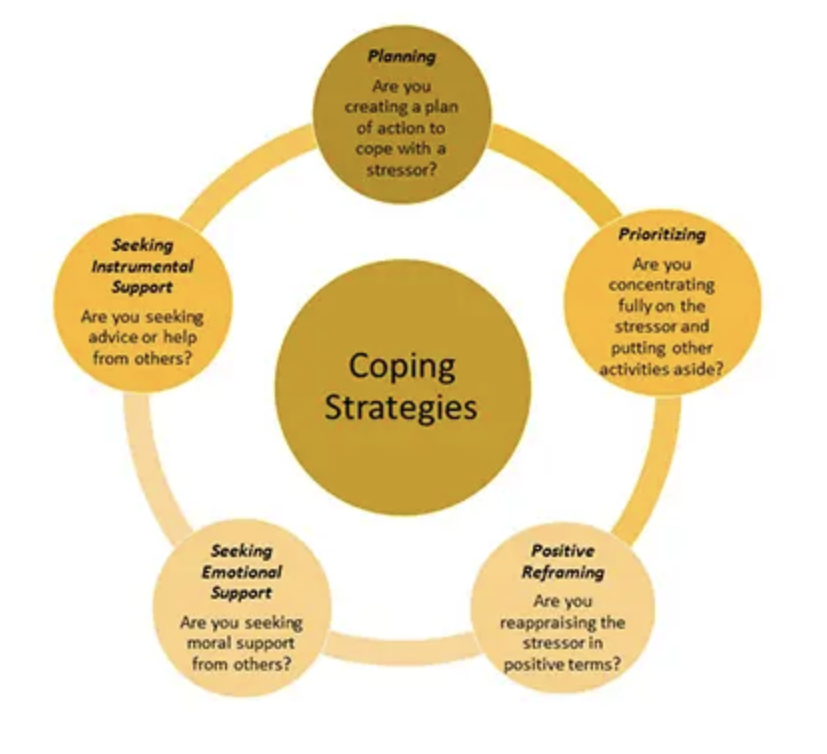Coping Strategies to Manage Work & Life Demands
Poor management, lack of support and resources, unclear roles, heavy workloads, poor work environment, toxic work culture, competing work-life-family commitments, balancing schedules, maintaining the home, tending to relationships, making time for leisure and hobbies — everyone who has ever worked has experienced the stress of navigating and balancing life and work.
While some companies and hustle culture perpetuate outdated systems that reinforce this false notion that work is life, while work is important, it is only one aspect of life. In addition to work, many people have obligations outside of work -- family and/or caregiving responsibilities, community engagements, faith-related activities, enriching hobbies, and leisurely activities. These work and nonwork demands also known as the work-nonwork interface, make up a full, well-rounded life.
A full life comes with many responsibilities. With so many things to do and roles to fill, it can be easy to become overwhelmed or succumb to daily demands, pressures, and challenges. According to APA's Stress in America survey, work continues to be a significant cause of stress, along with other non-work factors.
Common Sources of Work and Non-Work Stress
Finances/money
The economy
Family/caregiving responsibilities
Housing costs (e.g., mortgage/rent, maintenance, etc.)
Low salaries
Excessive workloads
Few opportunities for growth or advancement
Work that isn’t engaging or challenging
Lack of social support
These different sources can contribute to both negative and positive forms of stress, and too much of it can turn into distress or even chronic stress if you’re not mindful of how you’re managing it.
If you're experiencing the weight of carrying, balancing, and fulfilling multiple roles, responsibilities, and callings, you are not alone. While previous research has focused on highlighting one coping strategy at a time, recent research emphasizes the benefits of finding and employing multiple adaptive coping strategies to help employees effectively balance work and non-work demands.
These strategies include:
Planning: identifying stressors and ways to cope with them (e.g., developing strategies, creating action steps to address stressors).
Prioritizing: focusing fully on the current goal or challenge at hand and tabling other activities for the time being (e.g., putting off a project for a later time).
Positive reframing: seeing or reinterpreting a stressor in a positive light.
Seeking emotional support: seeking emotional support, sympathy, or understanding from others
Seeking instrument support: seeking the proper support, information, advice, assistance, and resources from others.
Source: Wilson, K. (2023). Coping with work and nonwork demands. Purdue. https://business.purdue.edu/news/features/2023/coping-at-work.php
Steps to Manage Stress
In addition to these coping strategies, here are some additional steps one can take to manage stress:
Track your stressors. Journaling can be a helpful tool for processing and managing stress. Consider keeping a journal to track and monitor stressors, noting your thoughts, feelings, environment, people, and circumstances involved. Journaling can be a great way to identify or notice patterns contributing to your stress, burnout, or overwhelm. Looking for an easy entry into journaling? I shared some affirmations and journaling prompts in my Substack newsletter on coping with stress when life is full.
Determine and remember your values and priorities. As mentioned earlier, while work is important, it's only one aspect of life. One way to maintain a healthy relationship with it and keep stress at bay is to determine your values and priorities. Our values guide our actions and inform our priorities by unveiling what matters most. Ask yourself, "What is most important to me in this season?" or "What do I value most in my life and work?" The answers to those questions will help you set boundaries that protect the people and things that matter most and impact your life and work.
Set your boundaries. Once you've identified what matters most, it's important to set boundaries or define parameters regarding your life and work. Setting boundaries assists you in creating healthy professional and personal practices that will help you thrive at home and work. Setting boundaries around communication, scheduling, workload, work relationships, health, and well-being are just a few to consider. Don't forget to communicate these boundaries with those affected by them. Communicating boundaries will help everyone understand how they can best support you and meet your needs.
Take time to recharge. Stress, overwhelm, and burnout are inevitable if you don't take time to recharge. The world won't stop spinning because you took time off. Don't be afraid to take advantage of PTO or wellness days. If possible, plan, delegate, and coordinate your work in advance, so you can fully disconnect, minimizing your burdens and mental workload. Giving yourself time to rest and recharge will help you return feeling refreshed and ready to refocus on your work and goals.
Incorporate daily and weekly rest. Don't just save rest for your time off. Find ways to incorporate rest into your daily and weekly rhythm. Set aside time in the evening to engage in restful activities. Go on a walk, call a friend, disconnect from screens, read a book, engage in mindful breathing, take a warm bath, journal, or take up a new hobby. Find activities to incorporate into your daily and weekly rhythms can help you prioritize rest, allowing you to recharge and rejuvenate both mentally, physically, and spiritually.
In addition to these stress management strategies, job crafting is another practice that one can use to reduce stress and incorporate more meaning, resilience, and fulfillment into their work. This can be done by altering the tasks, relationships, and cognitive perspectives that comprise your work and how you approach it. We offer job crafting solutions for both teams and individuals. Click the buttons below to learn more about how job crafting can support you in creating a less stressful and more meaningful work environment.


